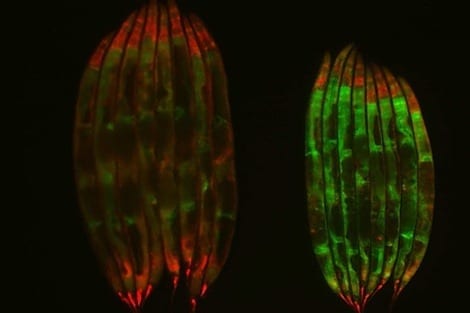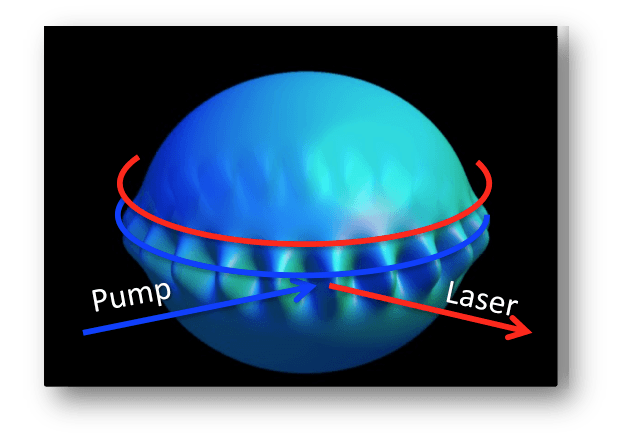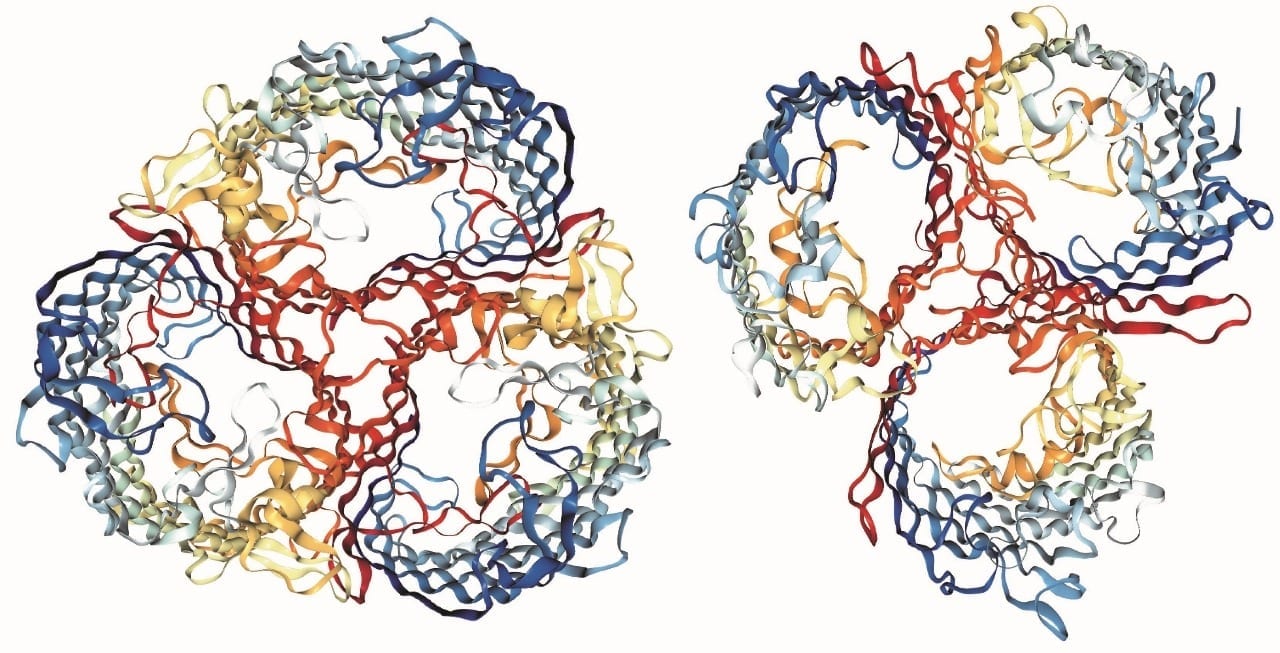
Synopsis:
Uncovering a ‘smoking gun’ in age-related disease
Aging is a key risk factor for a variety of devastating, chronic diseases, yet the biological factors that influence when and how rapidly cells deteriorate over time remain largely unknown.
Now, for the first time, a research team led by Harvard T.H. Chan School of Public Health has linked the function of a core component of cells’ machinery – which cuts and rejoins RNA molecules in a process known as “RNA splicing” – with longevity in the roundworm.
The finding sheds light on the biological role of splicing in lifespan and suggests that manipulating specific splicing factors in humans might help promote healthy aging.
“What kills neurons in Alzheimer’s is certainly different from what causes cardiovascular disease, but the shared underlying risk factor for these illnesses is really age itself,” said William Mair, assistant professor of genetics and complex diseases at Harvard Chan School and the study’s senior author.
While a considerable amount is known about how dysfunction at the two ends of this process – genes and proteins – can accelerate aging, strikingly little is known about how the middle part, which includes RNA splicing, influences aging.
Splicing enables one gene to generate multiple proteins that can act in different ways and in disparate parts of the body.
“Although we know that specific splicing defects can lead to disease, we were really intrigued about de-regulation of RNA splicing as a driver of the aging process itself, because practically nothing is known about that,” said Mair.
“Put simply, splicing is a way for organisms to generate complexity from a relatively limited number of genes.”
So Mair and his colleagues, led by first author Caroline Heintz, designed a series of experiments in the roundworm Caenorhabditis elegans to probe the potential connections between splicing and aging.
“C. elegans is a great tool to study aging in because the worms only live for about three weeks, yet during that time they can show clear signs of age. For example, they lose muscle mass and experience declines in fertility as well as immune function. Their skin even wrinkles, too,” explained Heintz.
The worms also carry about the same total number of genes as humans and many of those genes are shared, evolutionarily speaking, between the two species, making C. elegans an ideal system in which to dissect the molecular biology of aging.
Notably, the worms’ cells are transparent, so Heintz and her colleagues harnessed fluorescent genetic tools to visualize the splicing of a single gene in real-time throughout the aging process.
Not only did the scientists observe variability on a population level – after five days, some worms showed a youthful pattern of splicing while others exhibited one indicative of premature aging – but they could also use these differences in splicing to predict individual worms’ lifespans prior to any overt signs of old age.
“This is a really interesting result, and suggests that we might someday be able to use splicing as a kind of biomarker or early signature of aging,” said Heintz.
Interestingly, when the team looked at worms treated in ways that increase lifespan, they found that the youthful splicing pattern was maintained throughout the worms’ lives.
The finding suggests that splicing could play a broad role in the aging process, both in worms as well as humans.
As they dug more deeply into the molecular links between splicing and aging, Heintz and her colleagues zeroed in on one particular component of the splicing apparatus in worms, called splicing factor 1 – a factor also present in humans.
In a series of experiments, the researchers demonstrate that this factor plays a key role in pathways related to aging.
“These are fascinating results, and suggest that variability in RNA splicing might be one of the smoking guns of the aging process,” said Mair.
Learn more: Uncovering a ‘smoking gun’ in age-related disease
[osd_subscribe categories=’aging’ placeholder=’Email Address’ button_text=’Subscribe Now for any new posts on the topic “AGING”‘]
Receive an email update when we add a new AGING article.
The Latest on: RNA splicing and aging
[google_news title=”” keyword=”RNA splicing and aging” num_posts=”10″ blurb_length=”0″ show_thumb=”left”]
via Google News
The Latest on: RNA splicing and aging
- RNA News and Researchon April 25, 2024 at 5:00 pm
They found viral RNA in various organs ... from young mice plasma can reverse aging effects in older mice by enhancing mitochondrial function and energy metabolism. In a scientific breakthrough ...
- Envisagenics Validates AI/ML Approach for RNA Target Identification and SSO Therapeutic Developmenton April 25, 2024 at 3:23 pm
SpliceCore is Envisagenics' proprietary AI/ML platform that enables the translation of vast amounts of RNA sequencing data into novel therapeutics. SpliceCore's versatility extends to both the ...
- Skyhawk, Ipsen in $1.8B deal for RNA splicing modulatorson April 21, 2024 at 5:00 pm
Skyhawk Therapeutics Inc. signed on to work with Ipsen SA in a neurological disease-focused deal worth potentially $1.8 billion to discover and develop novel small molecules that modulate RNA. The ...
- Healthy Aging Newson April 14, 2024 at 5:00 pm
RNA Modification Is Responsible for the Disruption ... New Approach to Tackle Muscle Loss in Aging Apr. 22, 2024 — A specific protein, TP53INP2, might prevent muscle loss associated with aging.
- The Most Comprehensive Atlas to Date of mRNA Variants in the Brain to Dateon April 9, 2024 at 5:00 pm
RNA transcripts that are ... isoform variation in normal aging and in aging-related brain disorders. Reference: Joglekar A, Hu W, Zhang B, et al. Single-cell long-read sequencing-based mapping reveals ...
- New atlas of mRNA variants captures inner workings of the brainon April 8, 2024 at 5:00 pm
RNA transcripts ... aging and in aging-related brain disorders. More information: Anoushka Joglekar et al, Single-cell long-read sequencing-based mapping reveals specialized splicing patterns ...
- New atlas of mRNA variants captures inner workings of the brainon April 8, 2024 at 5:00 pm
Investigators at Weill Cornell Medicine have assembled the most comprehensive atlas to date of messenger RNA (mRNA ... isoform variation in normal aging and in aging-related brain disorders.
- Unlocking The Secrets Of Brain Aging: RNA's Role Revealedon April 7, 2024 at 2:31 pm
Understanding how certain molecules like RNA persist throughout a lifetime in nerve cells offers valuable insights into the brain's aging process. In our bodies, some cells, like those in our ...
- RNA that doesn’t ageon April 5, 2024 at 1:40 am
Certain RNA molecules in the nerve cells in the brain ... the research group hopes to decipher the complex aging process of the brain and gain a better understanding of related degenerative ...
via Bing News










